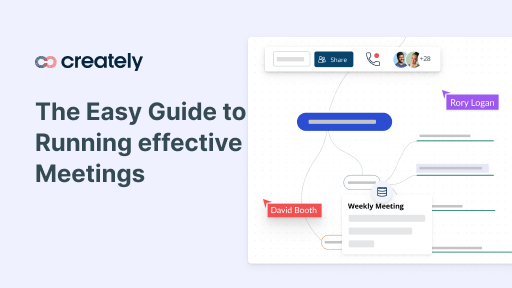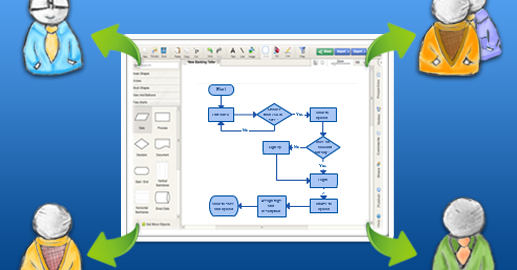Meetings can become a waste of time, resources and talent of people, if not planned and executed properly. Effective meetings that actually accomplish their objectives and leave the participants energized and motivated, take sufficient work – or proper planning. … Read More

